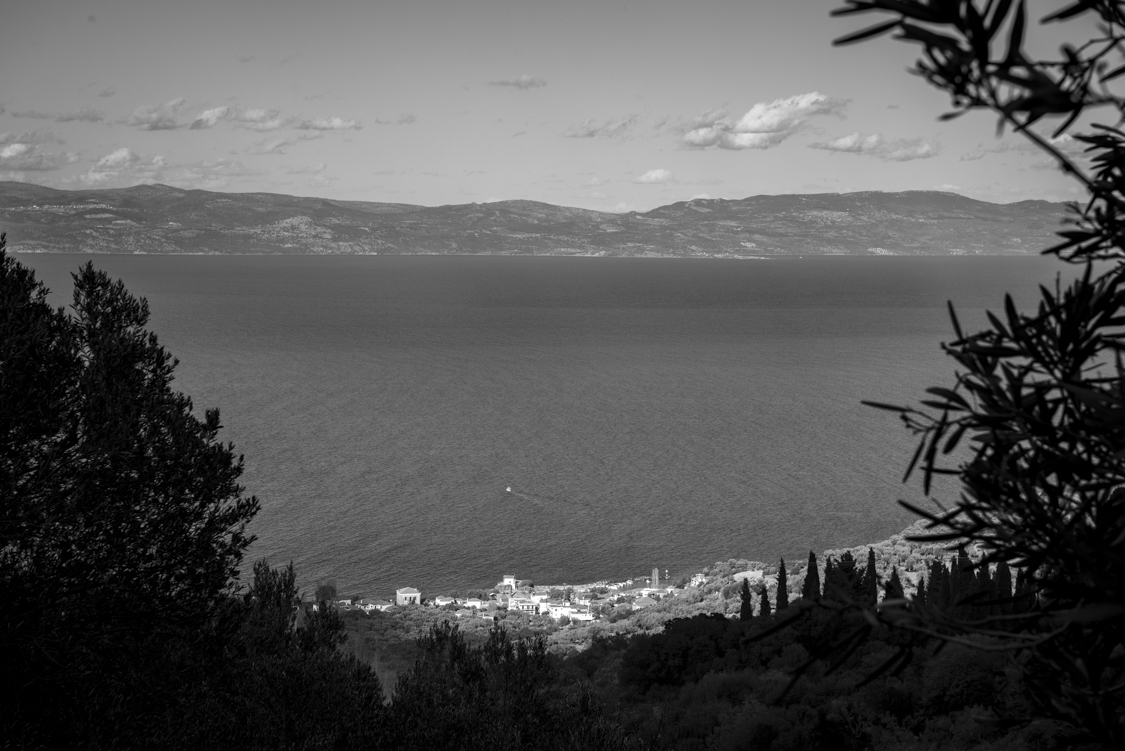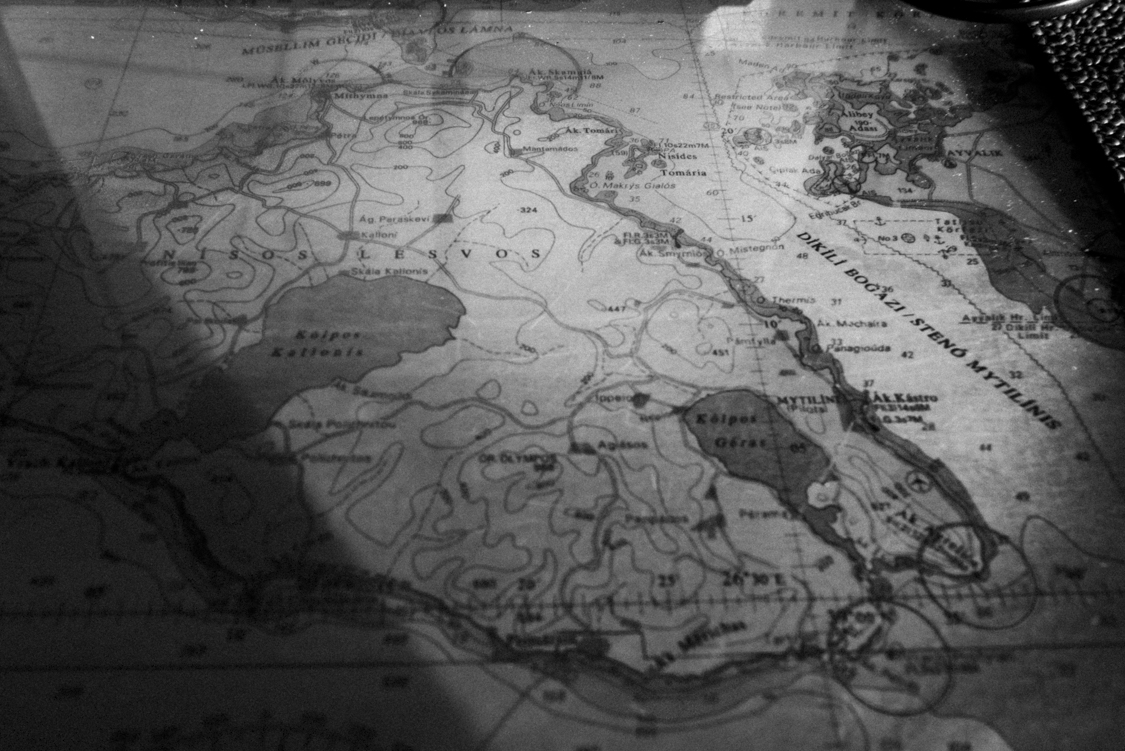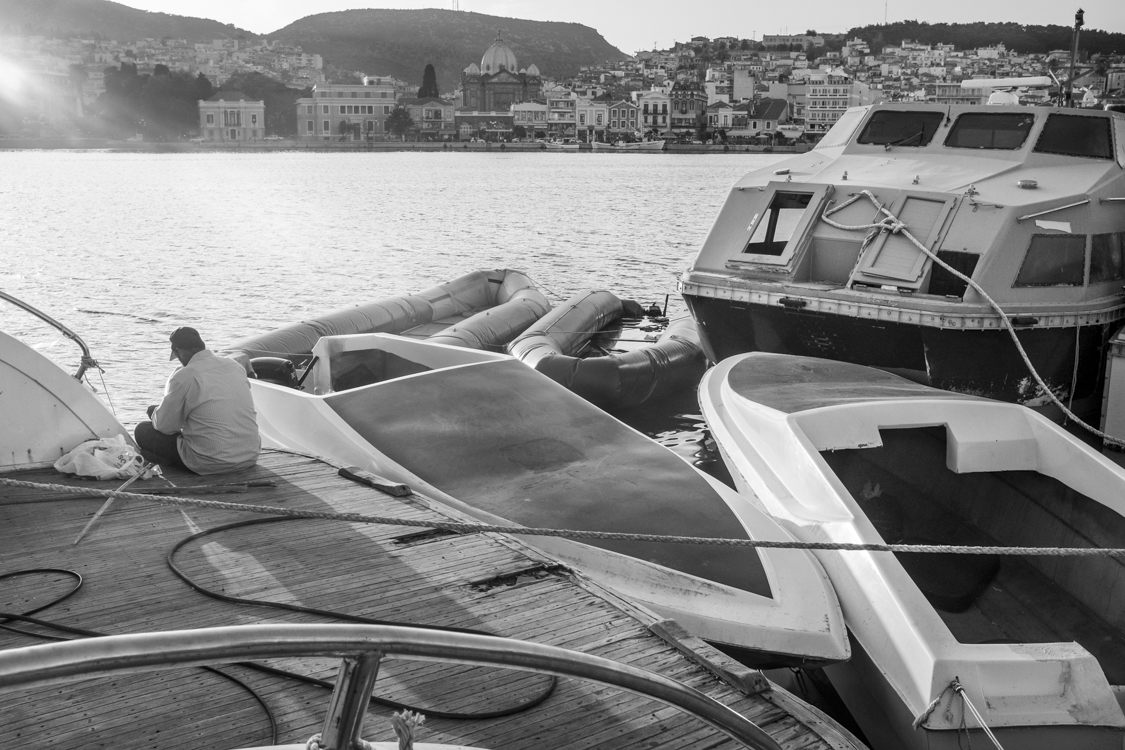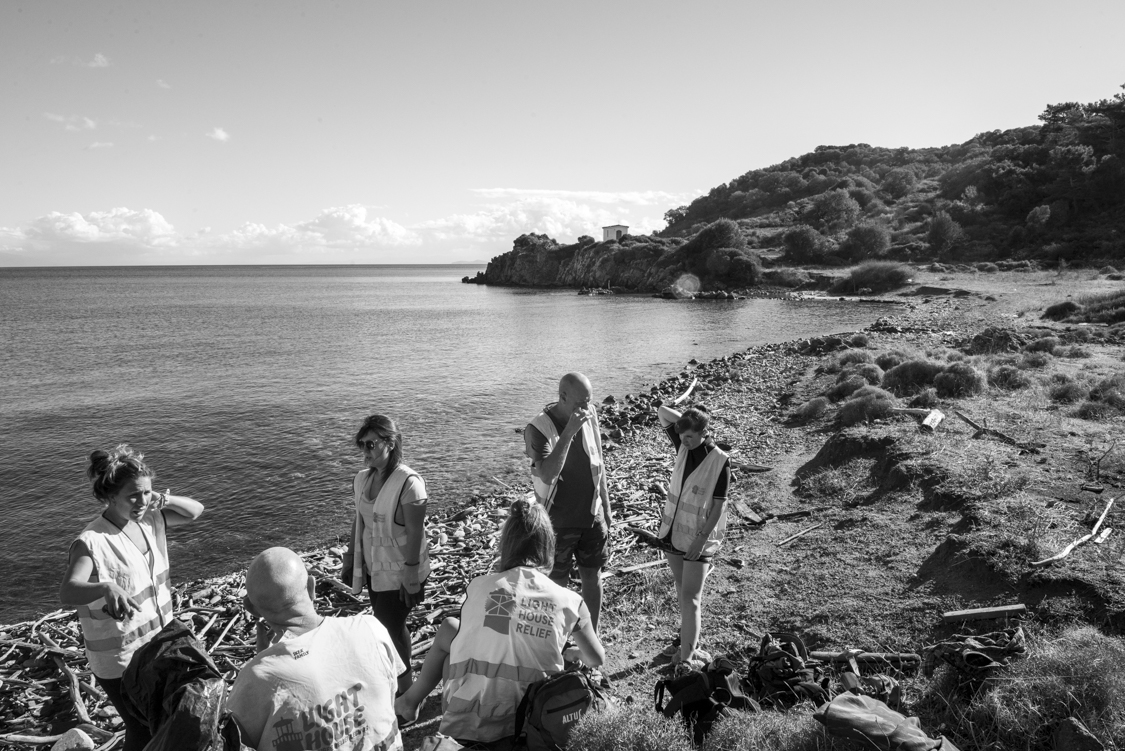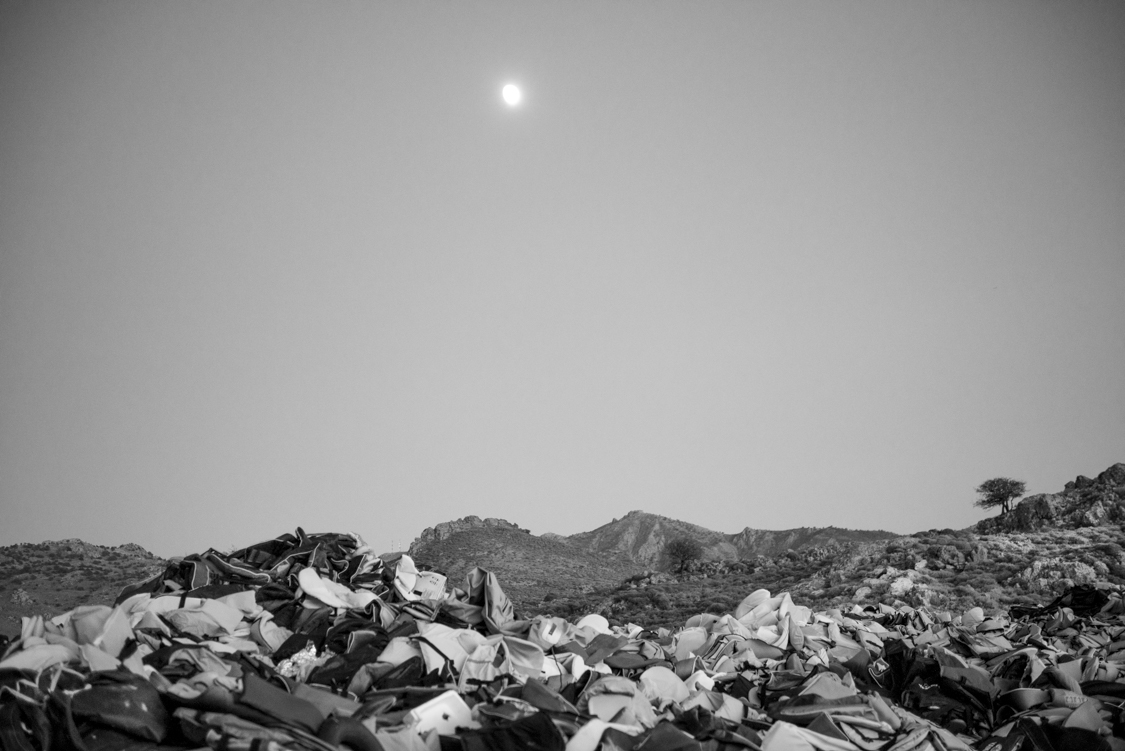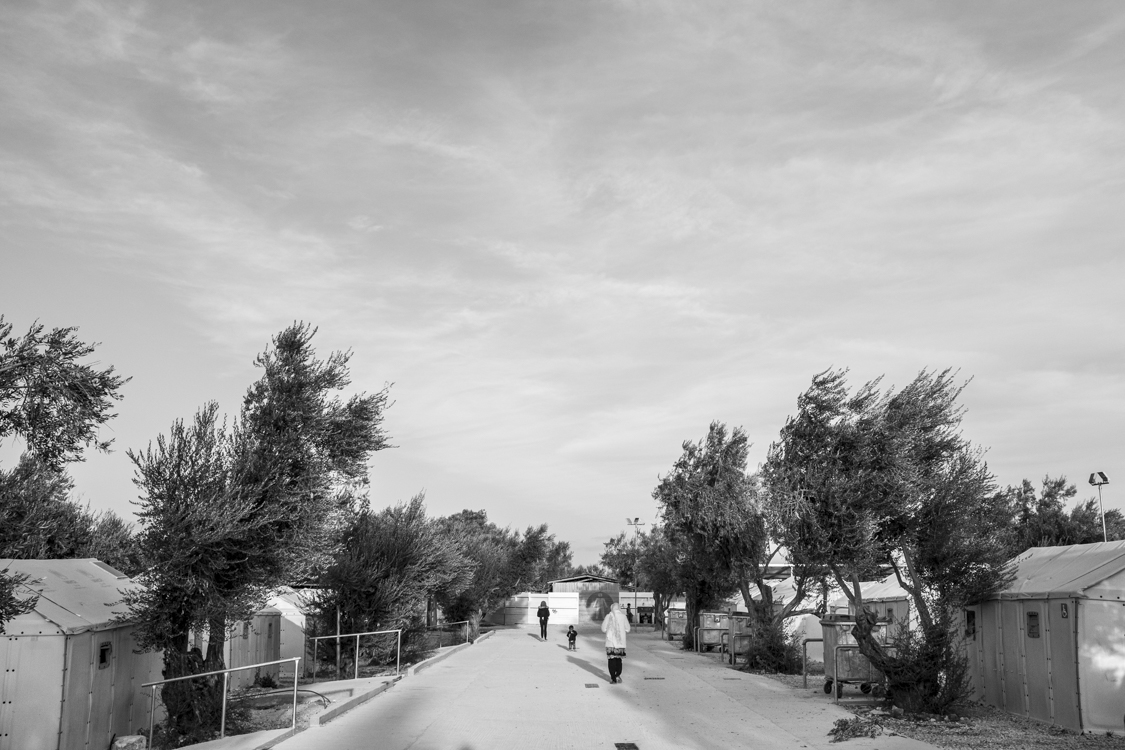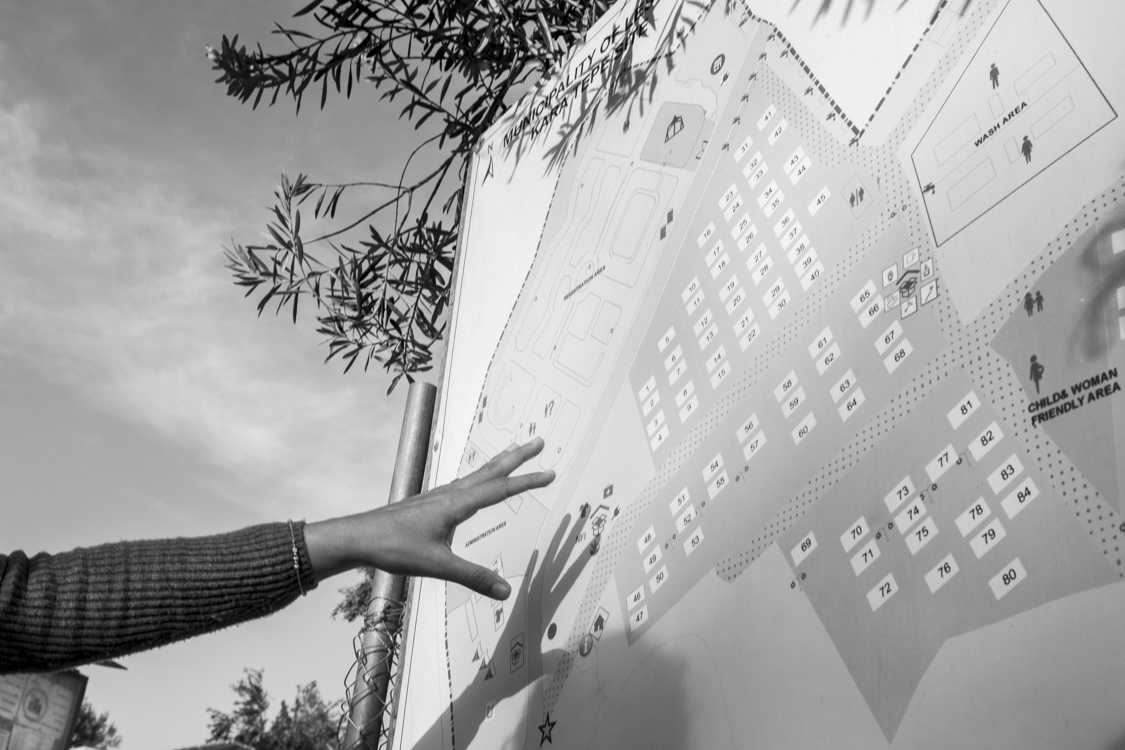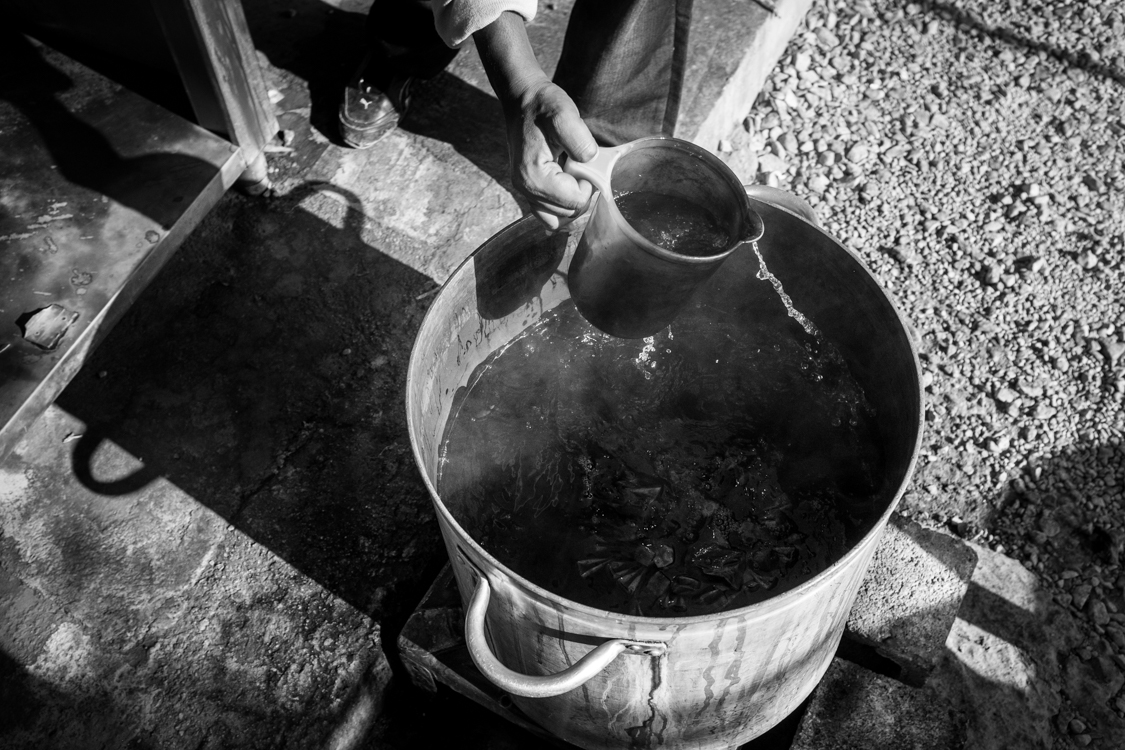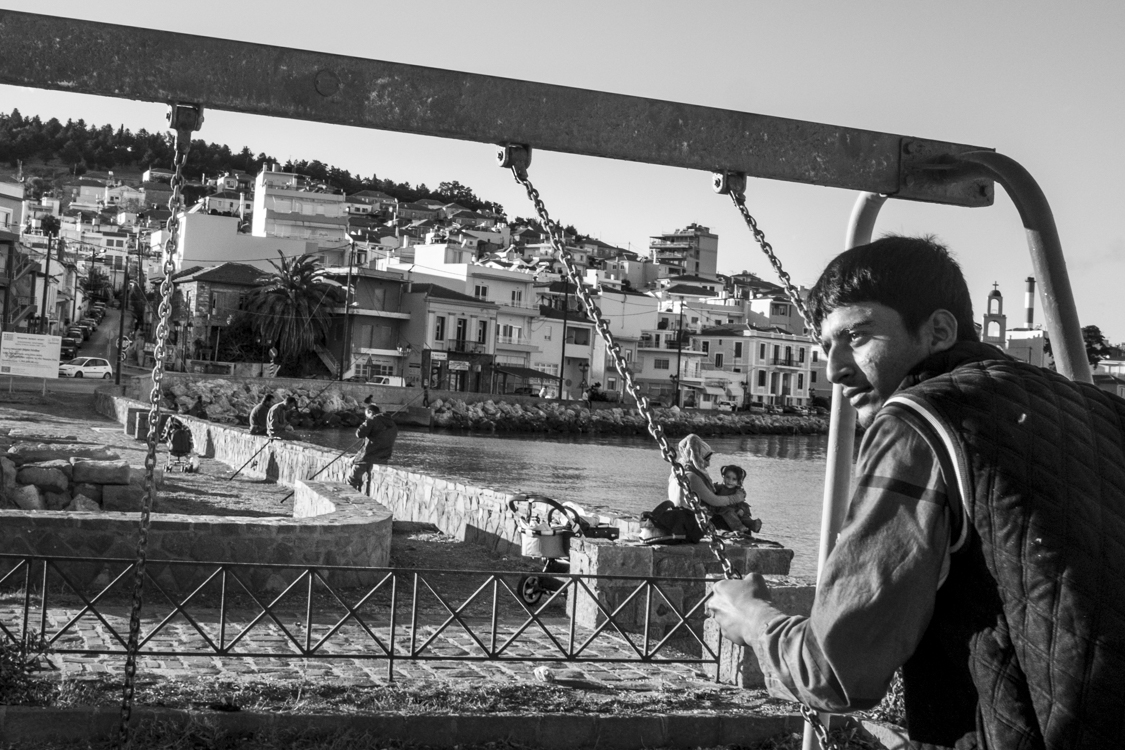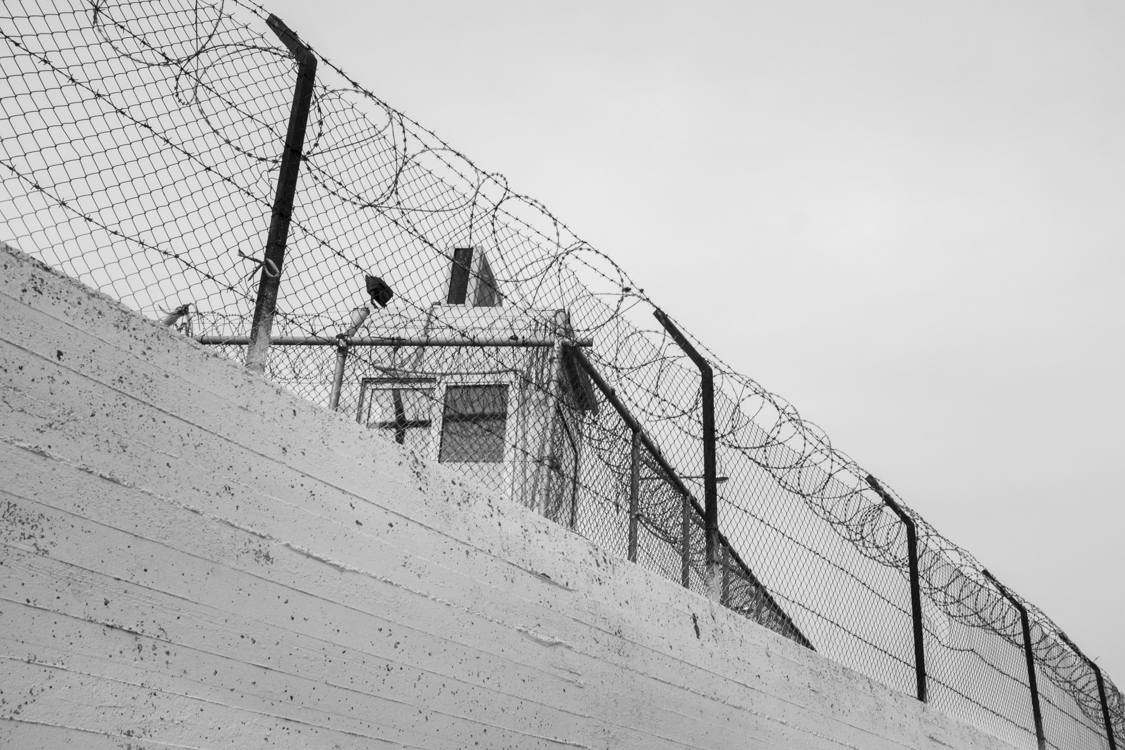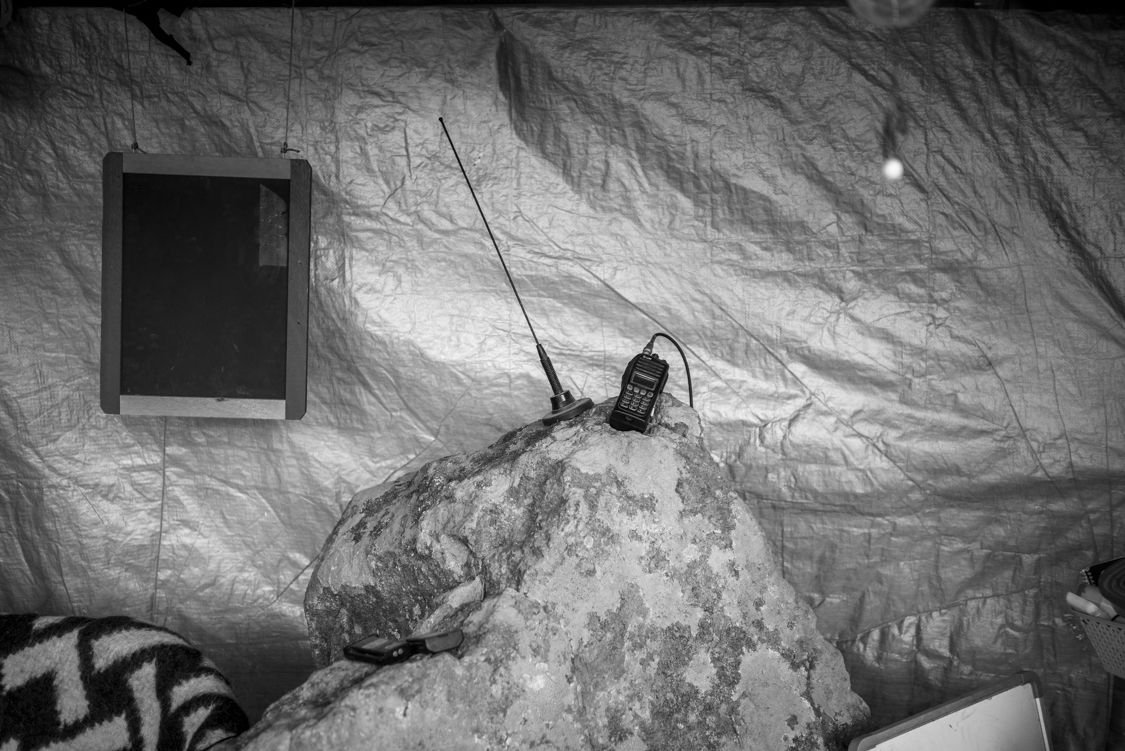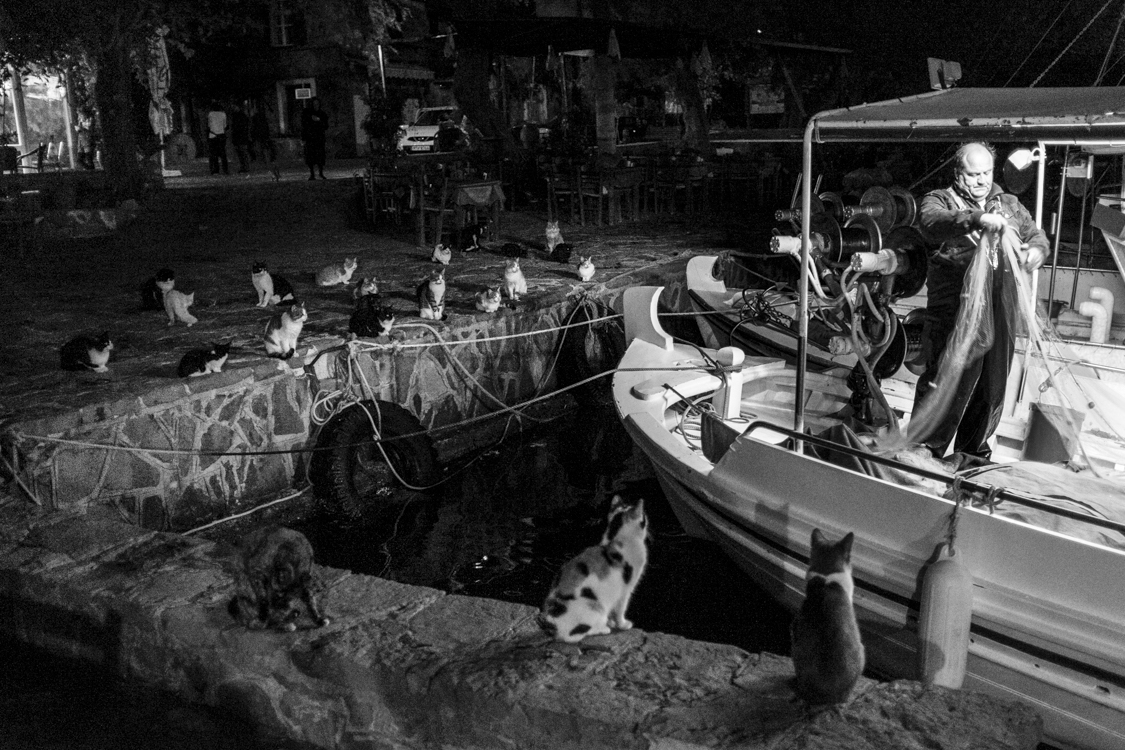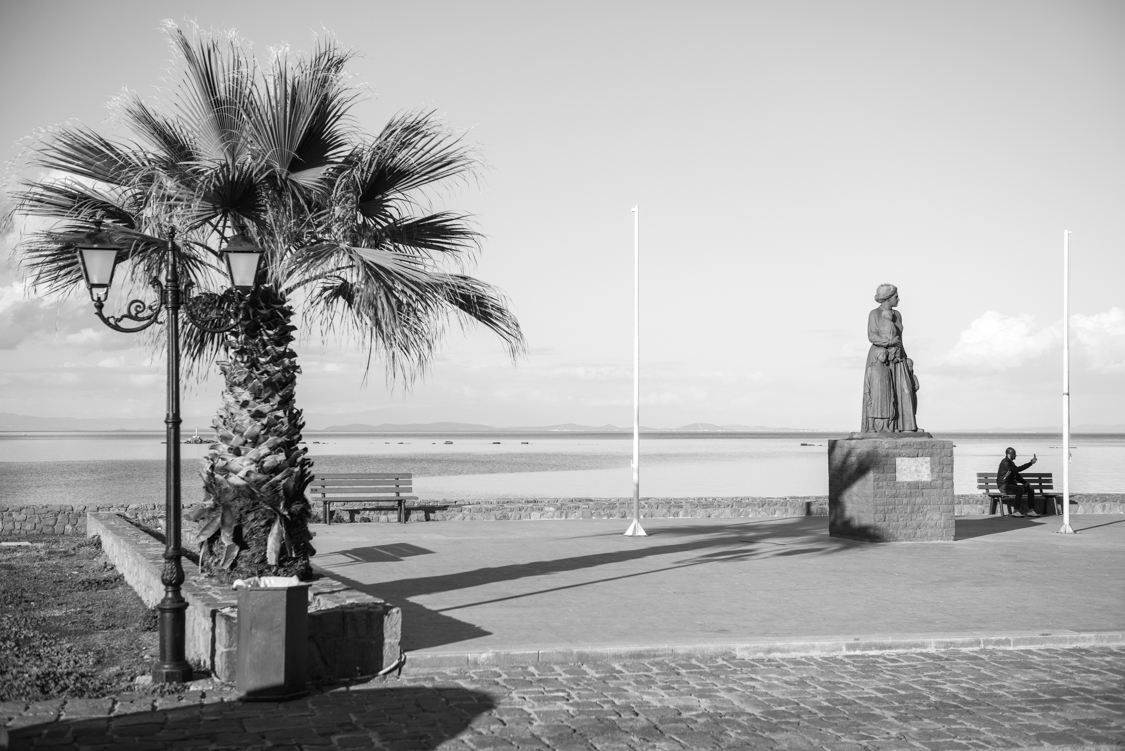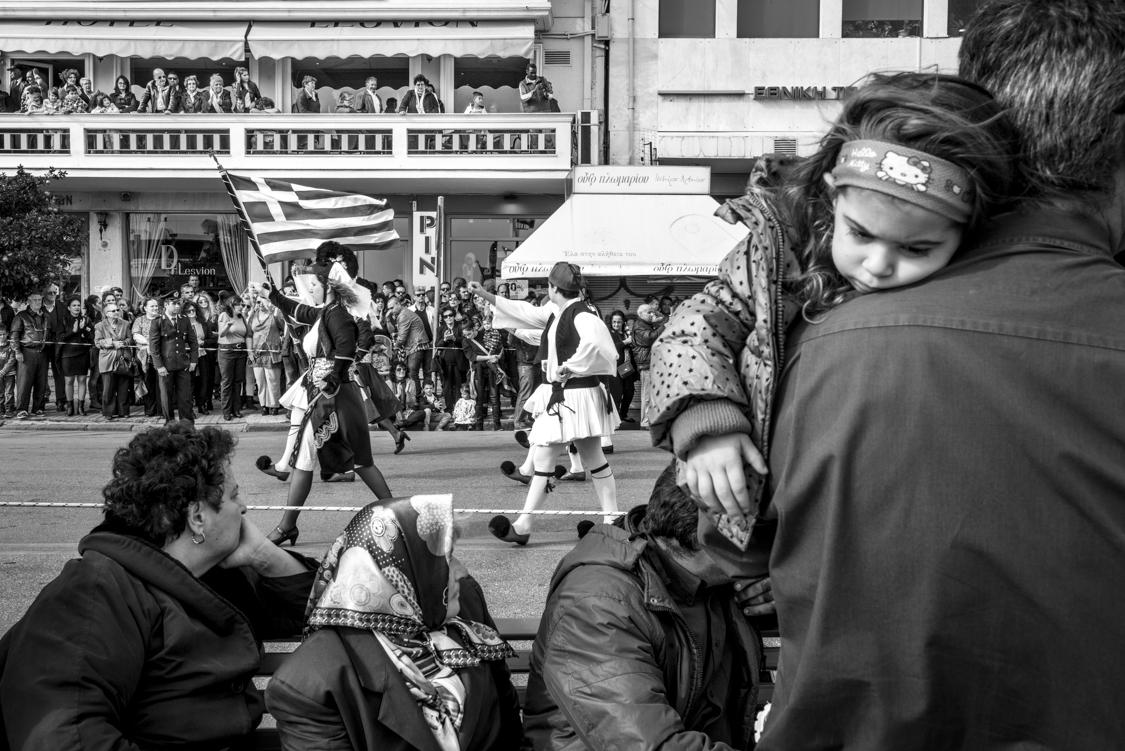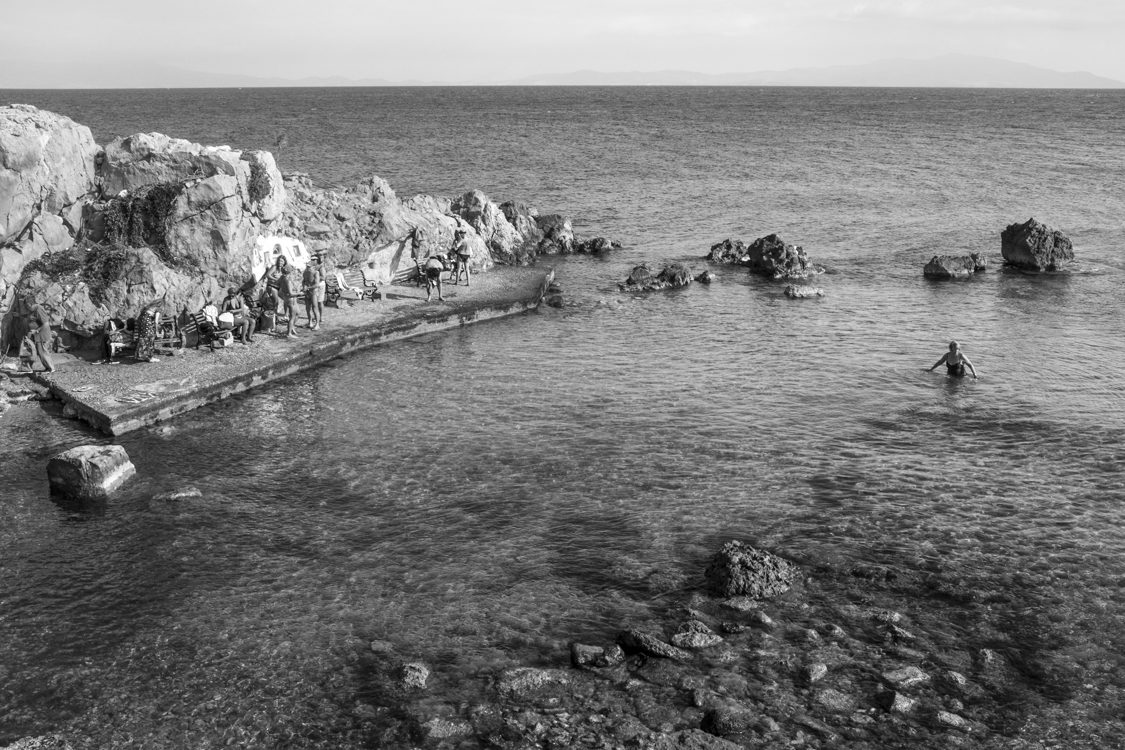Mathias Benguigui
Lesbos Today
In 2015, in one year almost 1 million people reached Europe after they fled their country. At this moment, the world is facing the largest refugee crisis since WWII. Most of the migrants have chosen the Oriental road, taking boats from Turkey to Greece.
Lesbos, a Greek island, located in the Aegean Sea just in front of the Turkey coast, suffered the consequences of refugee crisis like no other place in the world, by welcoming more than 500.000 refugees on its beach in one year. Among them there are families, kids, grandparents, lonely women, and all of them fled war, economy and social crisis. It was the first frontline of refugee crisis in Europe.
In March 2016, Europe made a deal with Turkish authorities in order to stop the flow, which was named Ankara accords that led to the closure of Turkish borders. To me, it is essential to testify the life on Lesbos today, two years later after the medias left. What’s going on there now, when the flow decreased? How’s the life on Lesbos continuing for locals, refugees and volunteers? This body of work is an ongoing project, and the story is yet to be told.
Mathias Benguigui
Mathias Benguigui is a documentary photographer and filmmaker based in Paris. He made a B.A at the Lyon School of Photography.
After being working for several years as a corporate and commercial photographer, Mathias decided to become a documentary photographer in 2015, when he started a photojournalism diploma in the EMI-CFD (Paris). In 2016 he won the Paris Match Photojournalism Student prize. He worked as picture editor for Libération and Agence France Presse in 2016.
In his personal work, it is particularly important to focus on long-term projects which allow him to witness stories next to the door as well as to work around the world while remaining outside the “hot news”.
Born and raised in South of France, he grew up in a Mediterranean culture which encourage him to follow the topics related to the relationship between the human and his environment.
